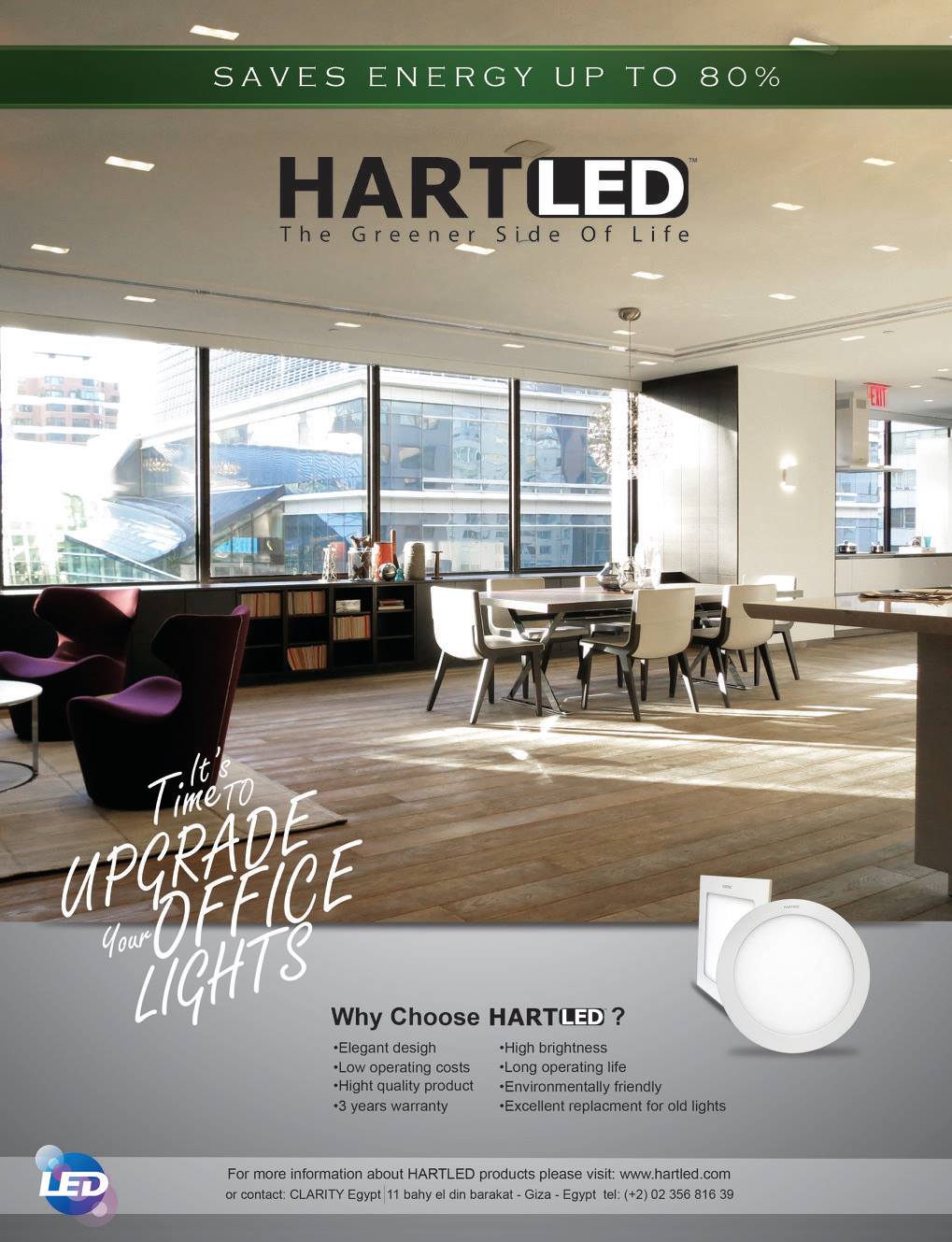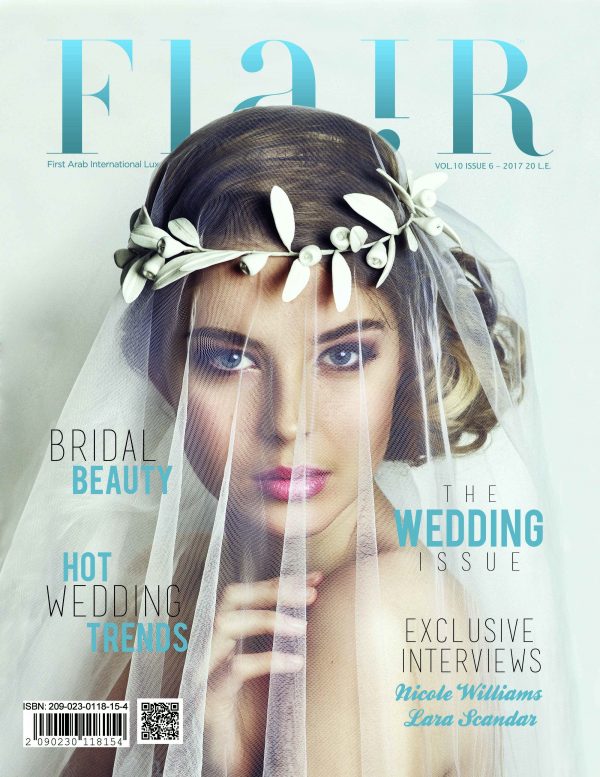Being ahead of the design curve is usually a private glory, a party of one. Shosha Kamal was so immersed in the details of the ground-up build of her original mesmerizing designs that she wasn’t focused on coping with the fading trends. Instead, she became a trendsetter herself, especially when it comes to her founding of the ‘Fundraising Design’ field. Relying on instinct versus a crystal ball, Kamal had the jump on the look by at least seven years—a lifetime before it would surge into a major design sector. Inspired by Egyptian culture and its authenticity, she celebrates art and humanity and works towards its value every day. We delved into the world of Shosha Kamal to be inspired as well as inspire our fellow readers.

How did you become interested in interior design?
I recall I was interested in a lot of things when I was young. When I was still in IG, I was so invested in becoming a heart surgeon, a politician, and an artist altogether at some point in my life. I had a belief that I wanted to change the world through what I do, and it really did take me some time to figure out how to achieve that. After immense research and dwellings, I figured working for some international organizations or the United Nations was the closest thing to achieving my dream. Accordingly, I studied International Business until it was time to work on my thesis; then, it occurred to me the amount of corruption involved. That was a major contradiction to what I truly believed in; hence, I decided to turn a few things around and take a different path. Post-graduation, I worked as a marketer for some time, I was fond of my job; however, I had the best coincidence of my life then. I went on a trip to Italy and saw an ad that Zaha Hadid was designing the ‘Center of Milano’, back then I had no idea who she was. Once I looked her up, I immediately connected with her, found a lot of similarities between us, and had a feeling that I might be taking up the wrong career. So, I started my first design project as soon as I got back to Egypt and the rest is history.
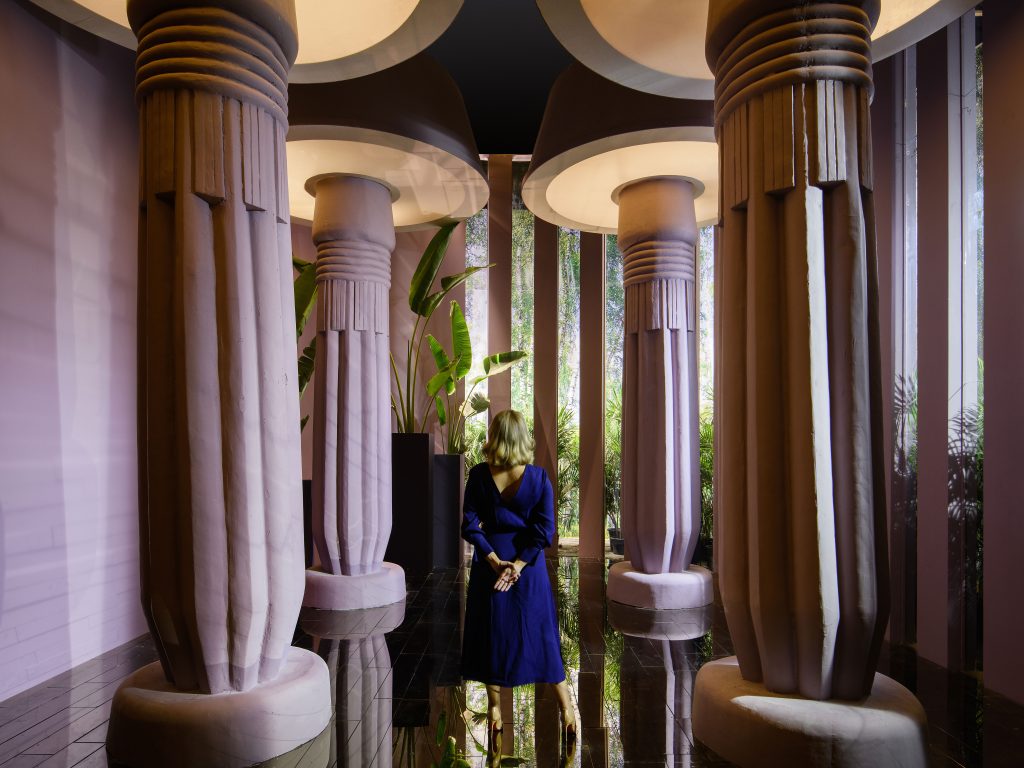
Was it a risk shifting careers after securing a great job?
I didn’t take up a different path because I hated my job; on the contrary, I loved what I did back then and was fond of my job as a marketer but I felt there was a strong urge to push me in another direction. I realized it was considered a risk to some – especially at the age of 24, but it was a leap of faith and I am glad I did what I felt at the time.
I chose Florence Design Academy to proceed with my studies and lived in Italy at that time. Walking down the lane, I remember being influenced by Italy, its people, and its culture. The first tenant of my residence was a bike designer, he used to showcase his designs to me all the time and the second one was an incredible artist, he used to walk me through his finest paintings which I enjoyed. Such a lovely enriching experience getting exposed to young designers, old artists, and an incredible environment that had an impact on me to this very day.
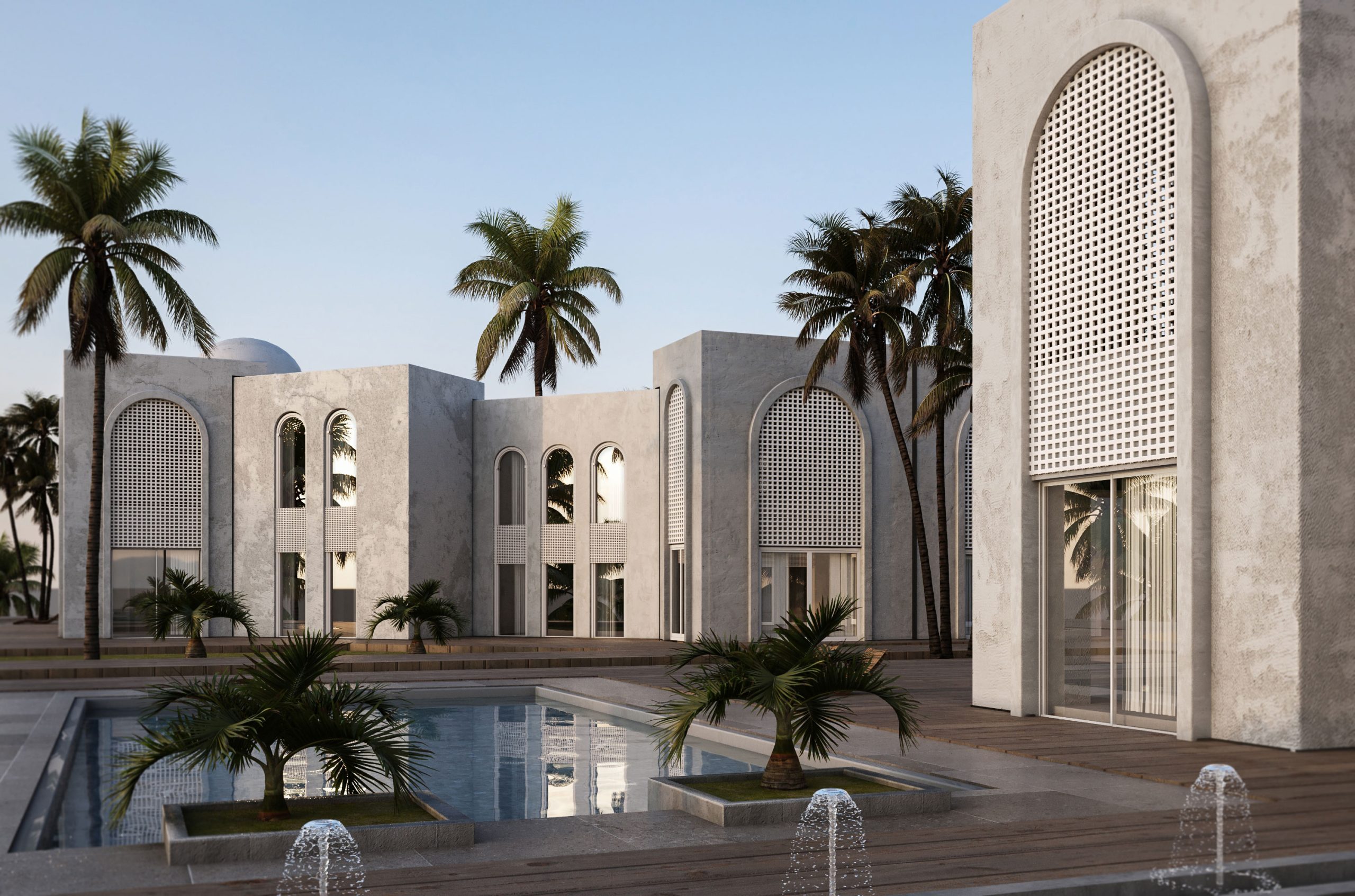
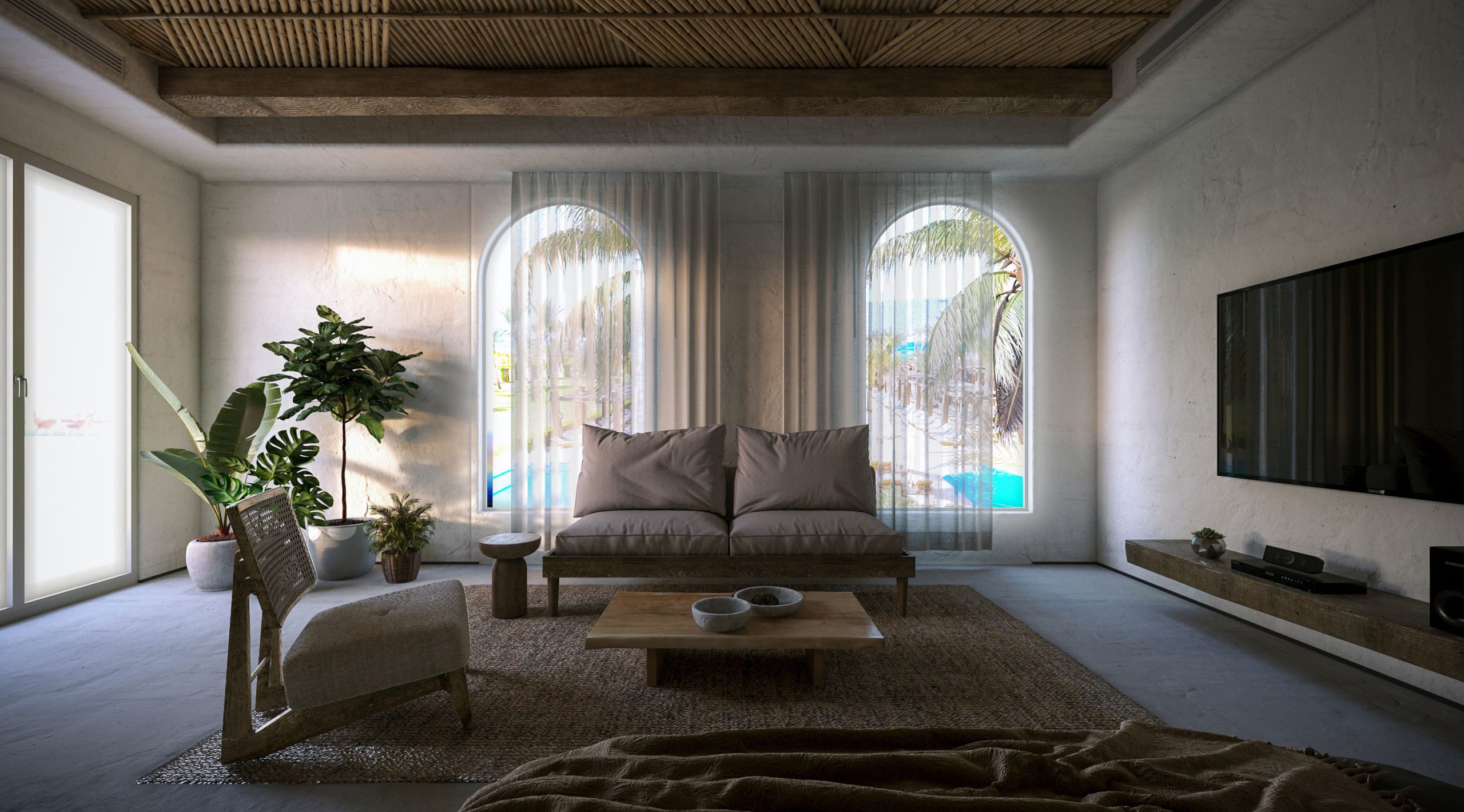
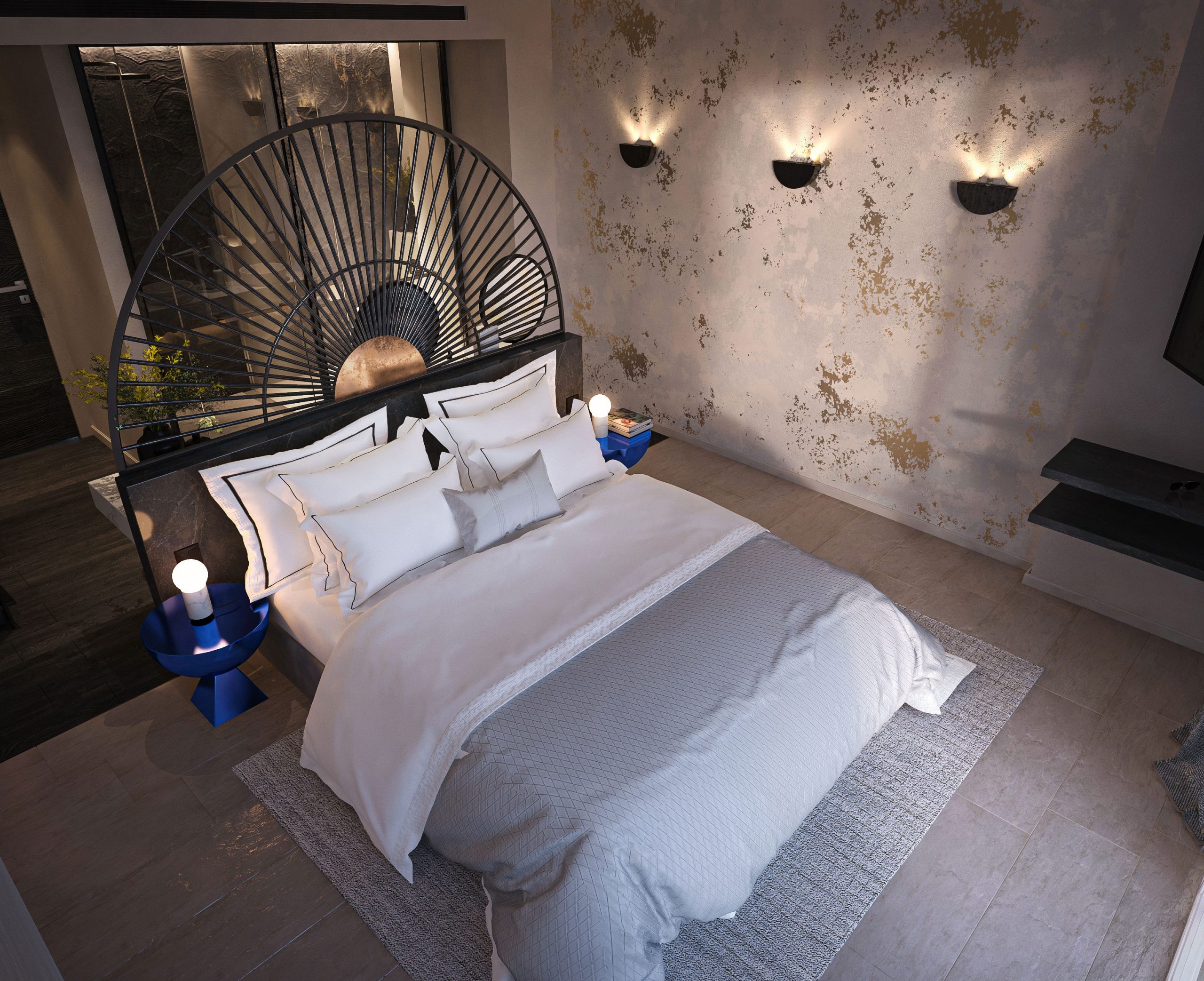
When was your first project? And has your personality changed from when you were working in marketing?
In 2013. I started my first project in January when I got back from Italy. I don’t particularly believe that I changed, more like developed. I think everyone has a personality headline where you develop your character through cultural exposure and people mingling and such.
I started working in interior design and slightly grew into other disciplines like green designs and fundraising designs which I came up with. It revolves around designs that can help entities fundraise money the untraditional ways. We have worked with many entities since then. We have branched into six design disciplines that serve the clientele base as well as the community and its coherence.
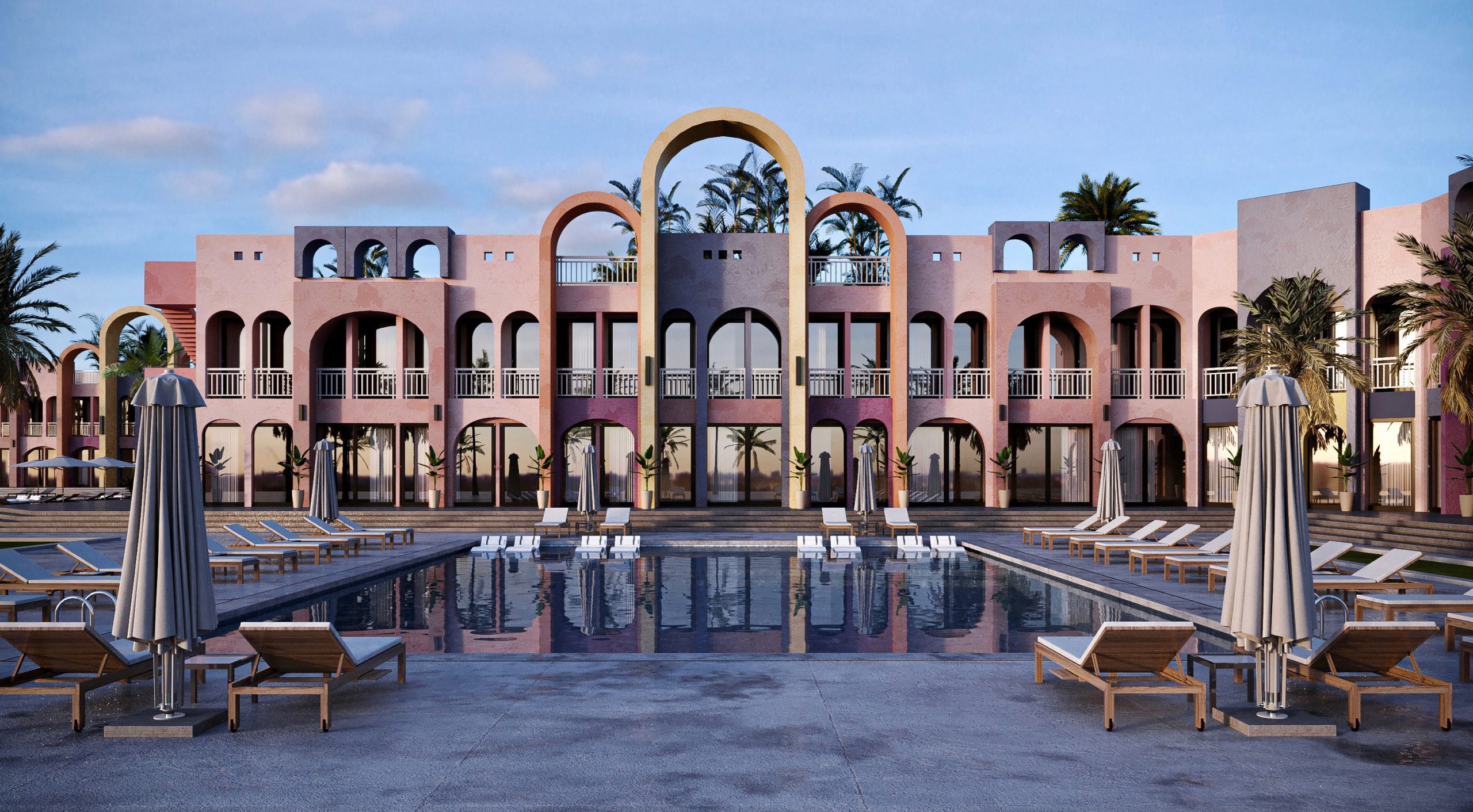
Can you share your creative process when you handle a project?
It depends on whether it’s interior or landscape and public design. Each design discipline has its process; nonetheless, each district starts with a fundamental phase which is the research. We start by developing the personality-haunt interview when conducting an interior design for a homeowner, it’s a set of questions asked in an attempt to dig deep and get acquainted with the client’s desires and needs. Whereas, the commercial spaces require an identity-haunt interview to get to know the brand better and where it stands commercially. The design has to be extracted from the essence of the brand to reflect its symbolism without any imitations. We design with our skills best to suit the whimsical aura of the brand itself.
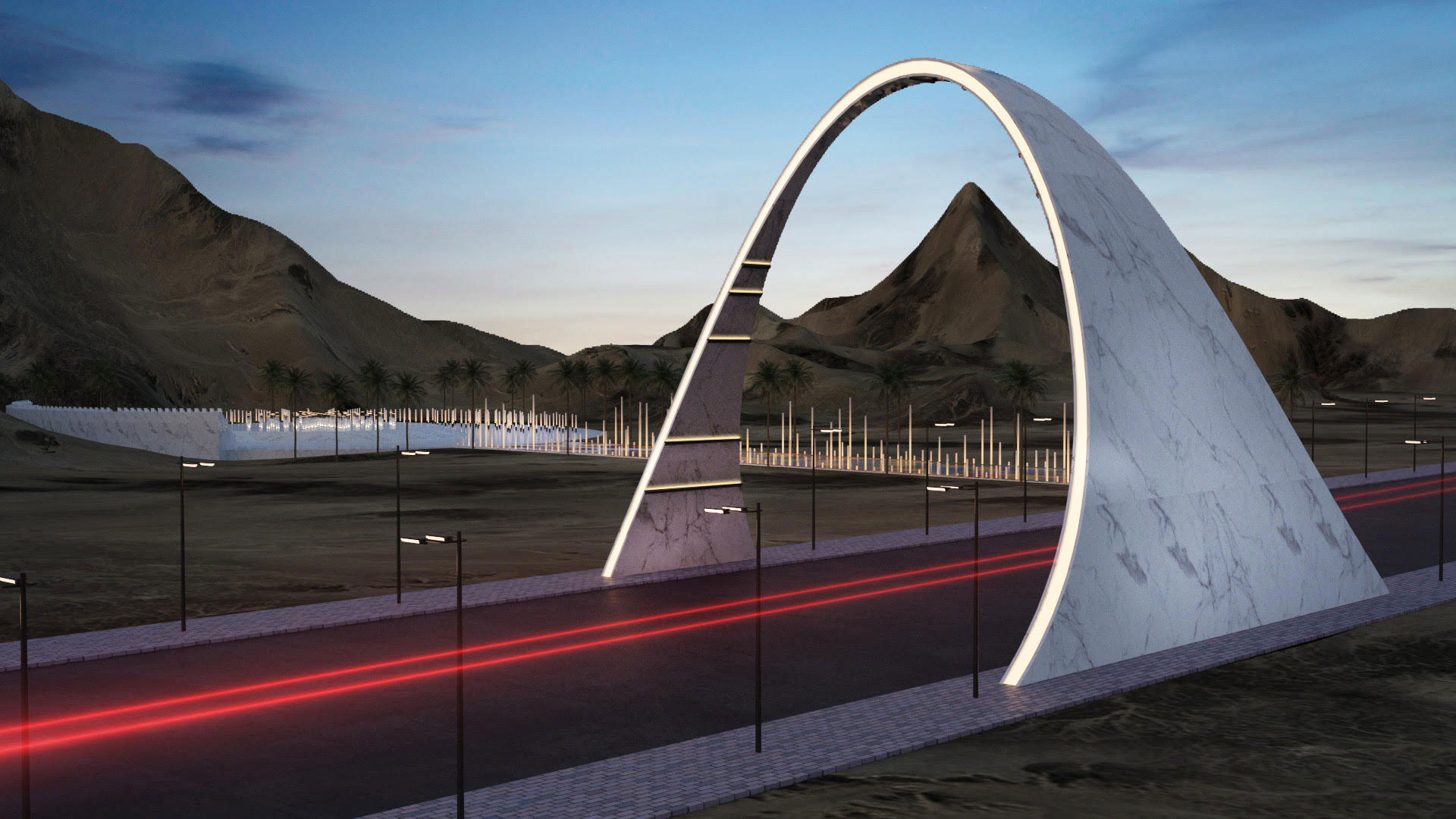
Are there any trends when it comes to interior design? And how do you stay up-to-date?
I don’t believe in fancy trends, especially when it comes to interior design. We invent our trends, like when big designers create great things, they become a trend other people follow, not the other way around. What is important is creating value by which people may get inspired.
Can you share a project that you worked on that you are particularly proud of?
Every project holds a special place in my heart, this might sound cliché but it’s true. I ought to invest myself in every project like it’s my favorite. However, every project we conducted was related to humanity, which we are particularly proud of. To name one, the Reviving Humanity Memorial project that was held in Sharm El Sheikh in 2018 was specifically sentimental, 122 artists from 120 different countries participated and each created a sculpture in their chosen medium that was displayed on a marble pillar of the same size and shape to memorize the heroes who lost their lives in wars. I am also very proud of the ‘66 Toy Stories’ project, it was a display of artwork in memory of the 66 innocents who lost their lives in the most recent onslaught in Gaza. This project, which consisted of an installation of 66 abandoned toys that formerly belonged to deceased children, aimed to highlight the injustices experienced by children reared in conflict zones and to increase global awareness of children’s right to a peaceful life. These are both very close to my heart and I am so proud that we got the chance to show the world such important causes.

Do you think interior design can be used as a therapeutic method?
Of course. There is a well-known book called ‘Healing Spaces: The Science of Place and Well-being’ which has therapists and neurologists trace the effect of design on the activity of the brain itself. A vividly written book about a humanly important issue: how the spaces we inhabit are not just backdrops to our dramas of health and illness but have an impact on the outcomes of those dramas. It is using the five senses to how people might feel towards a certain space.
Do you have a style that you prefer more than the rest?
Not really. What entices me the most is the cause behind the design, so maybe the humanitarian side of it. I also love the Egyptian style in particular, I am biased towards the Egyptian-style pieces and products that have a unique identity to them. We have a flagship store that sells our designs in Arkan, and I recall a lot of people ordering our famous Egyptian-style chair that was pre-owned by Melania Trump. It went viral after we went on the list among the best five gifts the American president has ever received.

What do most people look for in a house to feel comfortable?
On the functional side, people always care about proper storage. On the visual side, people are starting to want to use their entire space and be able to function in every corner of the house.
Can you share your thoughts on sustainability in the design sector?
I root for sustainability; I think it’s a way of living. The basic objective of sustainable interior design is to reuse materials that could otherwise be used just once to raise environmental awareness. We have a design discipline called green design; it’s mainly about developing materials that we can use in various designs like the silver tile made out of 100% recycled cans. It is shiny and beautiful and people fancy its looks at home. Recycling resources, materials, and waste is an important part of sustainability because it reduces the negative impact on the environment and helps preserve natural resources. I personally try to implement the idea of sustainability at home.
What are the things you have to take care of while designing?
I try as much as I can to create something that will outlive me, something that holds its eternal value beyond trends, beyond seasons, and beyond time. I think how people feel as an outcome of a certain project is all I care about when creating anything. Also, since identity leads, I make sure that the design holds an essence of the person or the entity am designing for. Either way, I try to add value to humanity when designing, it’s an ethical aspect I live by.

